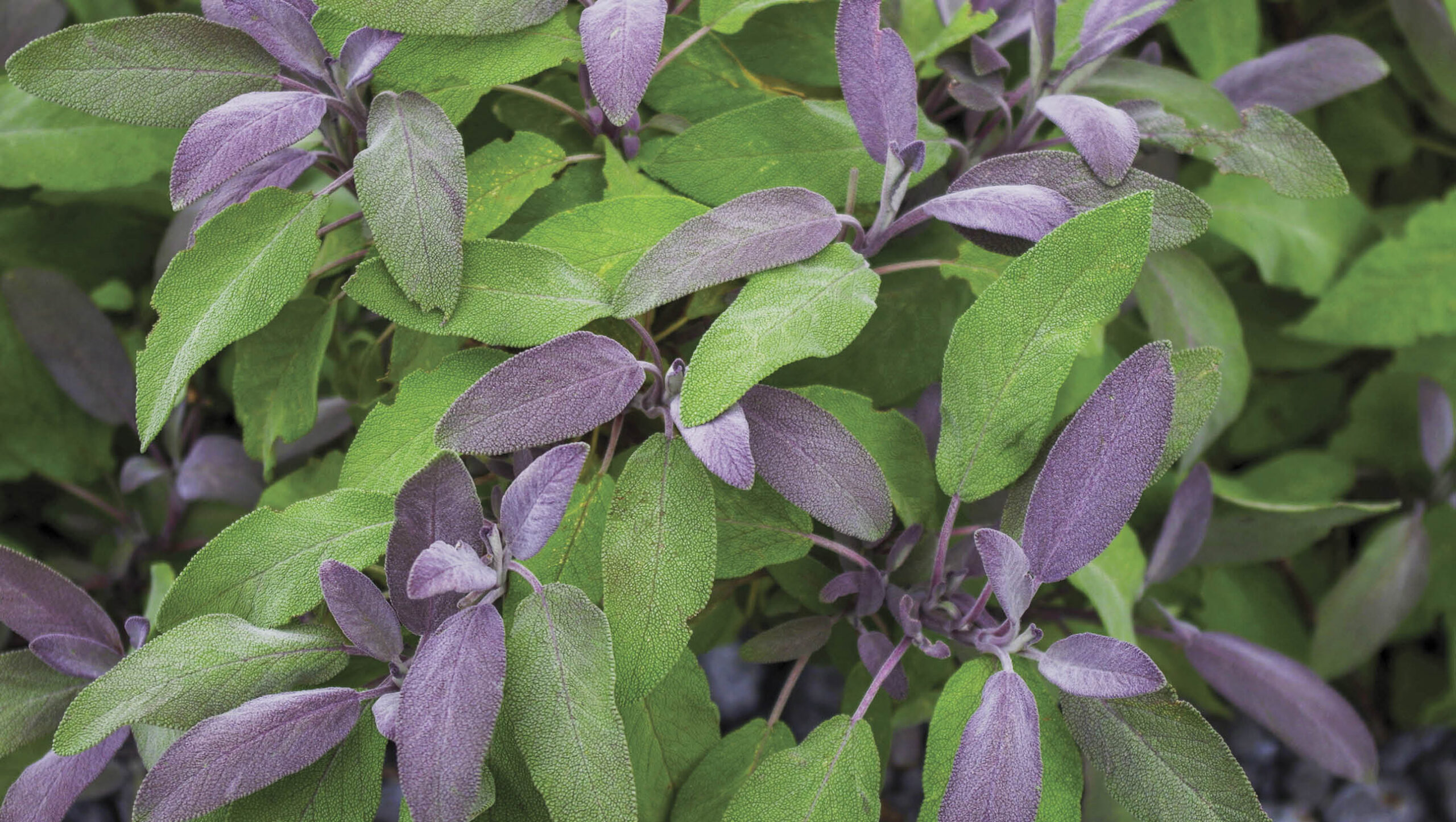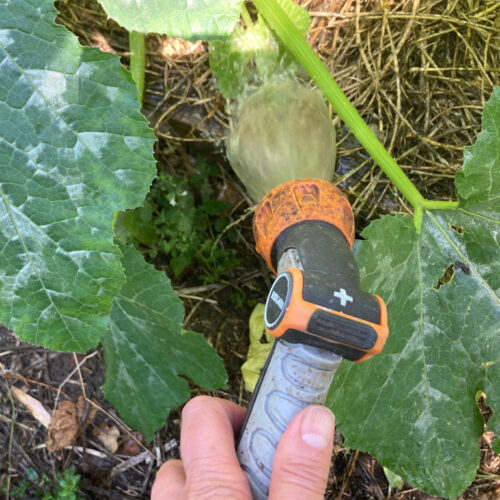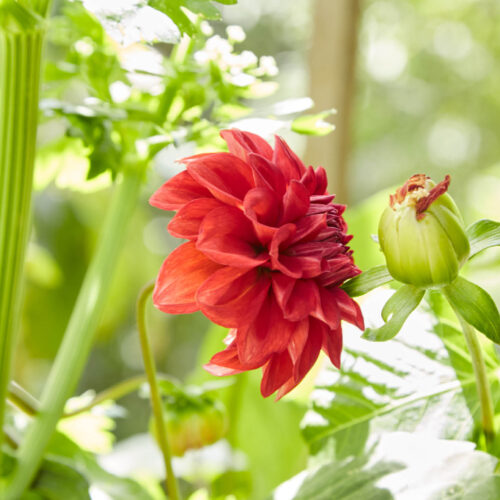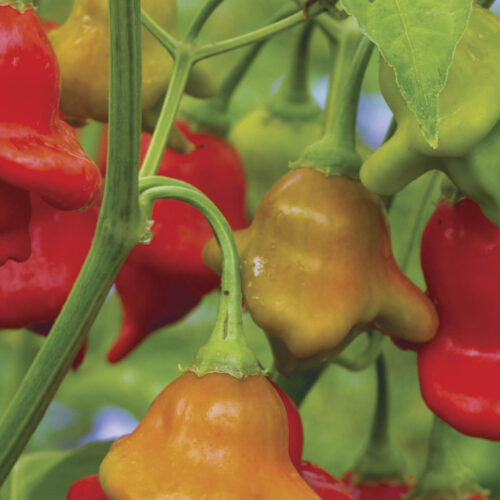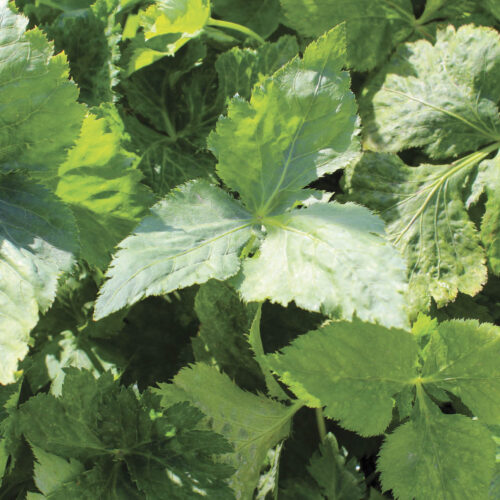Grow: purple sage
2025-07-29T17:48:50+10:00
This form of common sage is one of the group of ‘survival’ plants that never let our herb expert down.
Salvia officinalis ‘Purpurascens’
This purple-leafed form of common sage grows to a height and width of about 50cm. With woody stems, the oblong, purple, grey-green leaves are soft and hairy, and spikes of deep pink-purple flowers appear in spring. Plants generally live for about seven years but are easily propagated by taking tip cuttings. Purchase seedlings or take cuttings in early spring or summer. Purple sage grows well in most soils, as long as they are well drained (they dislike constant wet feet in winter). The plant needs a sunny, open position.
Uses
Purple sage, like it’s common form, is used in cooking, particularly in stuffings, with cheese, and as part of the bouquet garni in many dishes. I love dry frying it and crumbling over a savoury dish before serving.
The purple leaves are also strongly antiseptic and are used medicinally as a tonic for sore throats, to ward off colds and to reduce sweating. At the first sign of a cold, I pour boiling water over a handful of fresh leaves, add some lemon juice and honey, and sip several times a day for a few days. Sage is also an antioxidant and some research suggests it may slow aging and improve memory. These attributes are stronger in purple sage because of the purple colours and their associated flavonoids.
Sage also has some pest repellent uses: plant as a hedge around the vegie patch to attract bees but also repel many pests; or spread sprigs of sage on shelves to repel ants.
Discover Penny Woodward’s other favourite ‘survival’ plants in our Early Spring 2025 issue – you can get a copy of the issue (OG 159) here.


